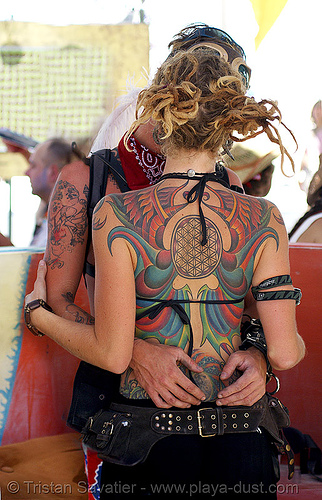
I’m twixt ideas. Argh. After frantic writing for the past few weeks, I am suddenly at a loss. What to do, what to do?!
Ah yes, of course, the camera… So we set off to the Cape Point Nature Reserve which lies just 35 minutes south of Cape Town. It is the south-western most tip of Africa and it’s a beautiful drive along the coast. Since summer has decided to arrive unseasonably late this year, the weather was simply stunning.
Did you know, it was the circumnavigation of the Cape of Good Hope - ie Cape Town and Cape Point – that led to the establishment of a sea route to the East and subsequent trade?
The Reserve is well known for its preservation of the flora of the Cape Floral Kingdom, a highly endangered plant kingdom which consists of plants known collectively as “fynbos” - which literally translates as “fine bush”. The CFK is the smallest but most diverse of the world’s floral kingdoms. Fynbos is fire intensive and not only burns rapidly but needs regular burning in order to regenerate. Devastating fires are often a feature of the landscape. Fauna in the reserve is generally small although there are several species of antelope – though they tend to be shy. There are also troops of Chacma baboons…
The baboons (papino ursinus) are a protected species within the Cape Peninsula given their dwindling habitat, lost to increasing urbanization. The relationship between suburbia and baboons is not generally a happy one. The baboons are attracted by food and once habituated become aggressive and dangerous. They will not hesitate to raid rubbish bins and enter houses – where they will wreak havoc. In their natural state, however, they subsist on fruits, roots, bulbs, honey, insects and scorpions though these particular baboons have also adapted to include shellfish in their diet. They are highly sociable animals, living in groups of up to 40 or 50. Daytime is spent mostly on the ground, foraging and playing, while nighttime will see them roosting in a tree of a cave.
Social grooming is a feature of baboon behaviour and is usually done between same sex individuals and helps to form social bonds within a troop. When chilled out and relaxed, the baboons can be great fun to watch...

Right, my son, let's see about those fleas...

Ooh, er, that's nice... go on then, lower, lower. Ooh, no, that tickles!

There you go, that's the spot! Here, what are you looking at? Do I watch you when you bath? Bog off, then!

Right, my turn. I'll just stand, shall I, so you can get to the lower bits...

Ooh, I think I've found something... Wait, wait, don't move, yes, there it is!

That's my boy, you get it out of there. Can't have my coat messed up by fleas. Next thing you know they'll be wanting to open a flea circus on my back...
















No comments:
Post a Comment